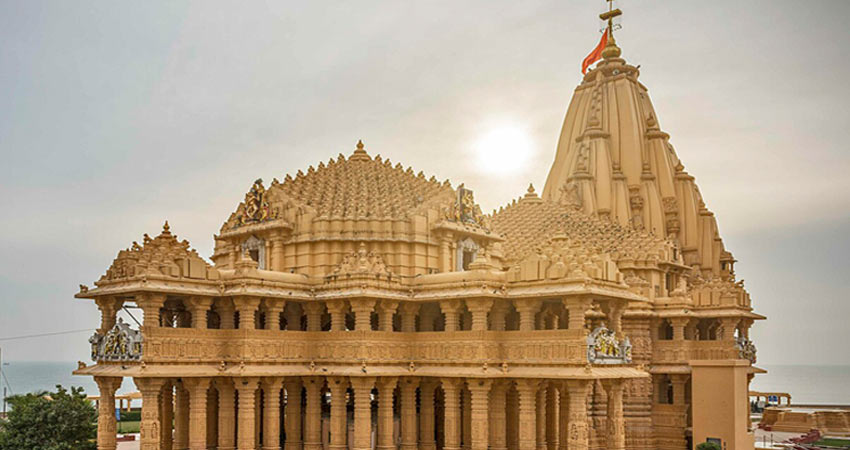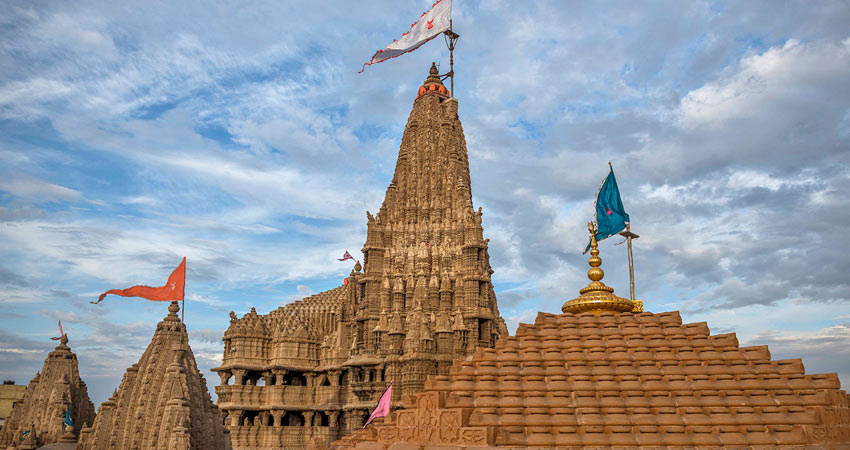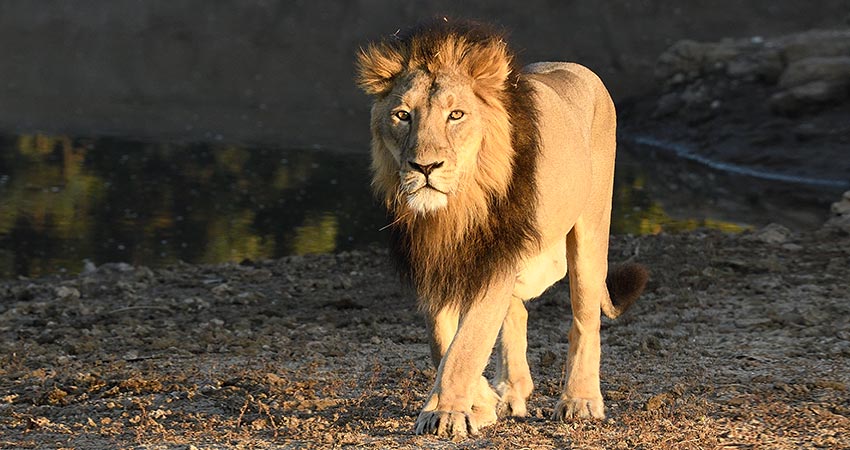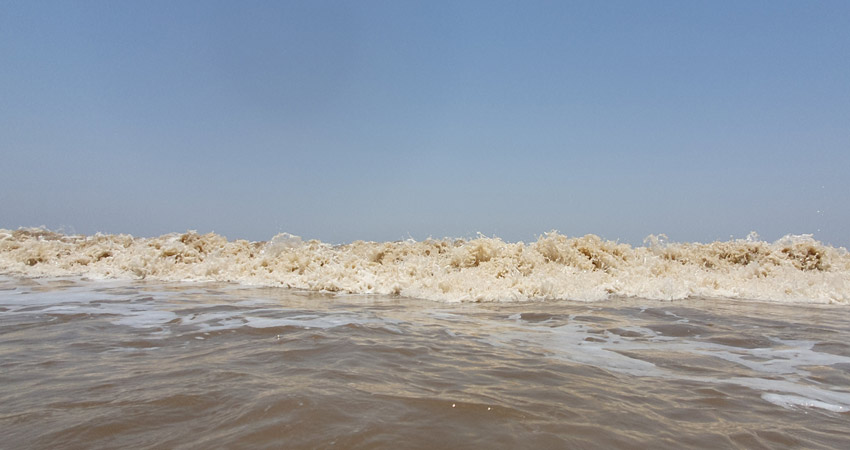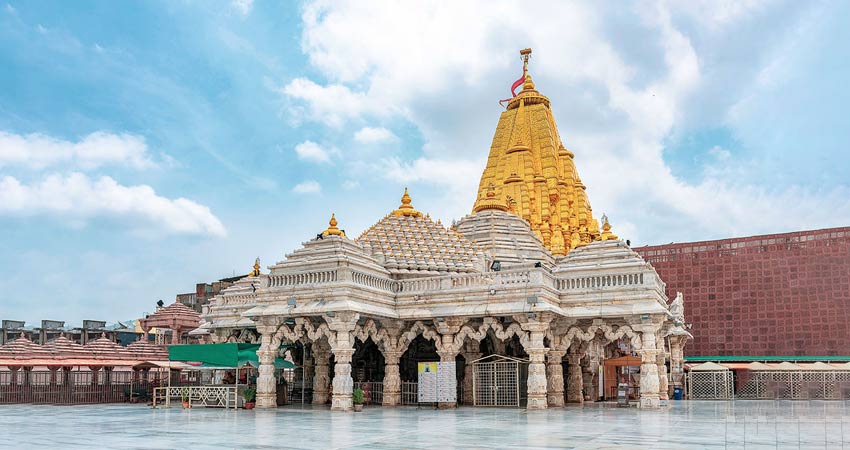- 15
- 3
- 2
- 9
- 12
- 2
- 1
- 9
- 1
- 7
- 12
- 3
Dwarkadhish Temple
About The Place
The main attraction for tourists visiting Dwarka is the Dwarkadhish Temple (Jagat Mandir), believed to have been established over 2,500 years ago by Lord Krishna’s great-grandson, Vajranabh. The ancient temple has undergone several renovations, particularly during the 16th and 19th centuries. Perched on a small hill, the temple is accessed by more than 50 steps and features heavily sculpted walls that encase the sanctum with the main Krishna idol. Surrounding the complex are smaller shrines, and the walls are adorned with intricately carved mythical characters and legends. The impressive 43-meter high spire is crowned with a flag made from 52 yards of cloth, fluttering in the soft breeze from the Arabian Sea behind the temple. The temple has two doors, Swarg and Moksh, for entry and exit. At the base of the temple, the Sudama Setu bridge (open 7am–1pm, 4–7:30pm) spans the Gomti creek, leading towards the beach.

Brief History
Dwarka, located on the western tip of the Kathiawar Peninsula, is one of India’s holiest sites, grouped with the Char Dhams that include Badrinath, Puri, and Rameshwaram. It is believed that Lord Krishna arrived here from Braj in Uttar Pradesh to build the city, with the temple being established by his grandson. Situated at the confluence of the Gomti River and the Arabian Sea, the site offers a scenic and spiritual backdrop. Legend has it that Dwarka was submerged under the sea six times, and the current city represents its seventh incarnation. The original temple structure was destroyed by Mahmud Begada in 1472 and subsequently rebuilt in the 15th-16th century. It was also honored by Adi Shankaracharya, the 8th-century Hindu theologian and philosopher.
Best Time to Visit
The best time to visit Dwarka is between November and February, and during Janmashtami, which is celebrated grandly here.
